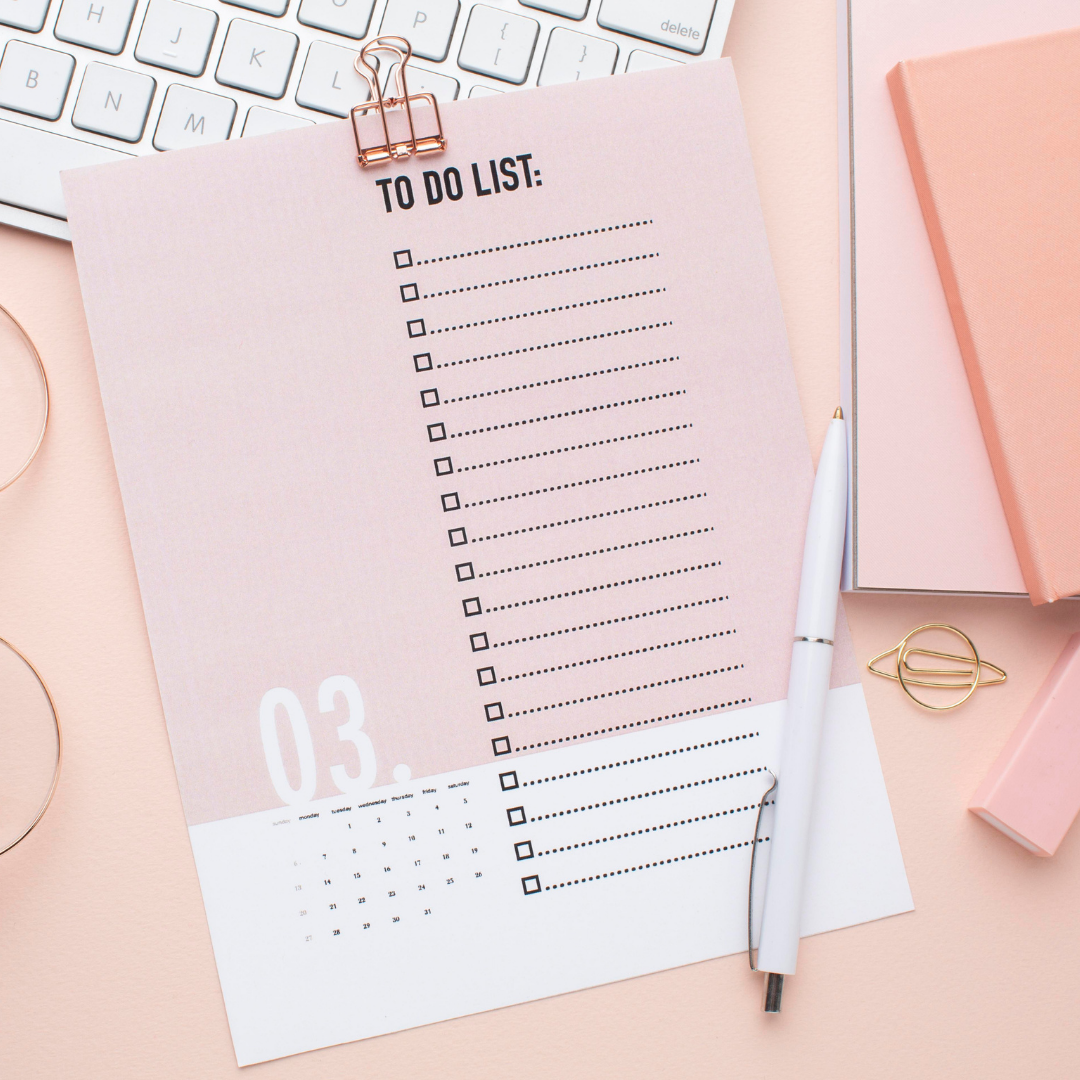If you’re anything like me, your planner is your life. It’s where you track appointments, plan for upcoming events, and jot down reminders for yourself. But if your planner is a mess, it can be tough to keep track of everything. That’s why it’s important to keep your planner organized.
Do you have a planner that is overflowing with pages and notes, but you can’t seem to find anything when you need it? If so, then you might want to consider organizing your planner.
In this blog post, we will discuss eleven different tips that will help you get the most out of your planner. By following these tips, you’ll be able to stay on top of your tasks and keep your plans organized.
Why You Should Keep Your Planner Organized
Let’s face it: life is chaotic. From work and family obligations to social engagements and household chores, there’s a lot to keep track of on a daily basis. That’s where a planner comes in handy.
A good planner can help you stay organized and on top of your schedule. But what’s the point of having a planner if you’re just going to let it become a jumbled mess?
An organized planner makes it easier to stay on top of your commitments. When everything is neatly written out in one place, you can easily see what needs to be done and when. This can help you avoid double-booking yourself or forgetting important deadlines.
Plus, an organized planner just looks nicer. A messy planner can be overwhelming to look at, which makes it less likely that you’ll actually use it. But a neat and tidy planner? That’s much more inviting to use on a daily basis.

11 Planner Organization Tips
Now that we’ve discussed why you should keep your planner organized, let’s talk about how to do it. Here are 11 tips to help you get started:
1. Start by decluttering your planner.
Go through all of your pages and remove anything that is no longer relevant. This will help you streamline your planner and make it easier to use.
You can do this by going through your planner on a monthly or quarterly basis. This will help you stay on top of any changes in your schedule and ensure that your planner is always up-to-date.
2. Create a master list of tasks.
One way to keep your planner organized is to create a master list of tasks that need to be completed each week. This can be a simple to-do list or a more detailed schedule.
Either way, having all of your tasks in one place will make it easier to plan your week and ensure that nothing falls through the cracks.
3. Break down big projects into smaller steps.
If you have a big project coming up, break it down into smaller steps and add it to your planner. This will help you stay on track and ensure that you don’t get overwhelmed.
It also helps to set deadlines for each step of the project. This will ensure that you are making progress and will help you stay on schedule.
4. Color code your entries.
Color coding is a great way to organize your planner and make it more visually appealing. You can use different colors for different types of tasks or appointments.
For example, you could use blue for work, green for personal appointments, and red for deadlines.
Not only does this make your planner more visually appealing, but it also makes it easier to find what you’re looking for.
5. Create a system for tracking appointments, events, and deadlines.
You definitely don’t want to miss important events due to a disorganized planner. So, creating a tracking system is essential and can be done by color coding, using symbols, or creating a key. You can also create a separate section in your planner specifically for tracking important dates.
This system should be simple and easy to understand so that you can quickly find the information you need. You can quickly and easily see what is coming up and ensure that nothing falls through the cracks.
6. Use stickers and other embellishments.
Stickers and other embellishments can make your planner more fun to use and help you stay organized. You can use them to highlight important dates or mark off completed tasks.
Just be sure not to go overboard. Too many stickers can make your planner look cluttered and difficult to read.
Find stickers that reflect your personal style and that you will actually enjoy using.
7. Create a habit tracker to help you stay on track.
Habit trackers are a great way to monitor your progress and ensure that you’re staying on track. You can use them to track anything from daily tasks to long-term goals.
There are a variety of ways to create a habit tracker. You can use stickers, color coding, or simply make a list. Find what works best for you and stick with it.
8. Invest in a good planner that will last the entire year.
Investing in a good planner is definitely worth it. Not only will it help you stay organized, but it will also last the entire year. This means that you won’t have to replace it every few months like some cheaper options.
When choosing a planner, look for one that has plenty of space for each day and week. You should also make sure that it has enough pages to last the entire year. And, of course, find one that you like the look and feel of.
A good planner can definitely help you stay organized and productive. But, it’s important to remember that it’s not the only tool you need.
9. Create different sections in your planner for work, personal life, errands, etc.
Creating different sections allows you to keep track of different aspects of your life and helps to prevent your planner from getting too cluttered.
For example, you could have a section for work, personal appointments, errands, and goals. This will help you stay organized and make it easier to find what you’re looking for.
If you have a lot going on, you may even want to create a separate planner for work and personal life. This can help to prevent information overload and make it easier to stay focused.
10. Use your planner as a tool, not a crutch.
Your planner should be a tool that you use to help you stay organized and productive. However, it’s not a replacement for your brain.
Don’t rely on your planner to remember everything for you. Instead, use it as a way to keep track of what you need to do and when you need to do it.
11. Review your planner regularly.
Reviewing your planner on a regular basis will help you to stay on top of your commitments and ensure that you’re meeting your goals.
Set aside some time each week to review what’s coming up and make any necessary changes. This will help you stay organized and avoid surprises. Place it in a spot where you will see it every day to remind you to review it.
Related Post:
How to Organize Your Monthly Bills and Paperwork
Final Note
We hope you enjoyed these tips on how to organize your planner. Remember, there is no one right way to do it. Find what works best for you and stick with it. With a little effort, you can definitely increase your productivity and get more out of your planner.




